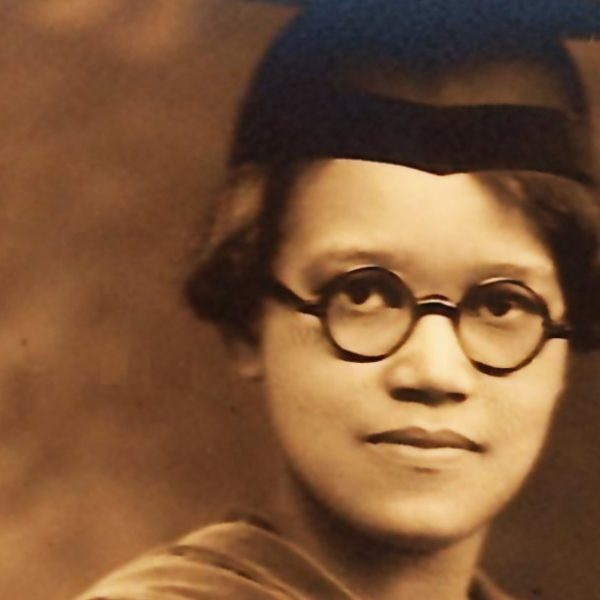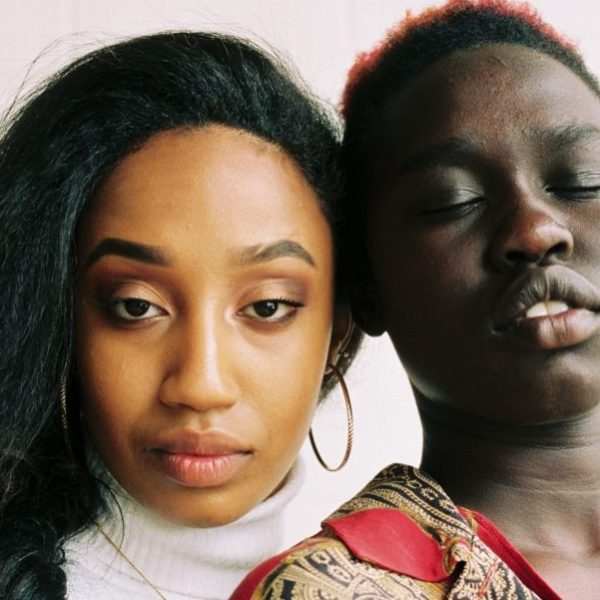Black Gotham: Who Are We, Really?
NBC’s 2nd season of Who Do You Think You Are? premieres tomorrow night at 8/7c. Following its first season’s coverage of stars such as Brooke Shields, Emmitt Smith, and Sarah Jessica Parker, new episodes will feature new celebrities like Kim Cattrall, Gwyneth Paltrow, and Vanessa Williams.
The pursuit of personal genealogies and origins has greatly intensified in the last years, largely with the advent of the internet and its search capabilities. Once there was only single-computer software to collect and store information and photos about family members; now, there are websites, databases, and extensive communities of people searching for long lost branches of the family tree, far and wide. Most notable among them is Ancestry.com, which boasts the largest and most accessible resource for those seeking more information about their family trees and is partnered with NBC to bring out its newest season of the show.
Carla L. Peterson has her own story to tell in Black Gotham: A Family History of African Americans in Nineteenth-Century New York City. As an historian, she knows something about getting around archived materials, and beginning with only a single name, that of her  paternal great-grandfather Philip Augustus White, she reconstructs the story of her heritage and the obscured history of free blacks in New York City, decades before the Harlem Renaissance put Black Gotham in a different spot on the map.
paternal great-grandfather Philip Augustus White, she reconstructs the story of her heritage and the obscured history of free blacks in New York City, decades before the Harlem Renaissance put Black Gotham in a different spot on the map.
I entered the manuscript room of the Schomburg Center for Research in Black Culture with some trepidation. It was brightly lit, uncluttered, and utterly silent. The archivists politely asked me to store my coat and bag in a locker outside the door, and then directed me to a seat facing them at a long, low, bare wooden table. They provided me with paper and pencil and left to retrieve the material I had asked for.
You’re looking for a needle in a haystack, my historian friends warned me. But I was determined to find out more about my family’s New York background and write as best I could about “what really happened, how it really was” for black New Yorkers in the nineteenth century.
The book is a triumphant blend of personal narrative and history that rescues forgotten stories and misconceptions about blacks in the United States before, during, and after the Civil War. Already Peterson has contributed to the New York Times’ “Disunion” series, with an account of black political activism in New York on the path to the war. And soon, she will be going on tour, so be sure to catch her at any of these venues:
* February 18, Woodrow Wilson Center, Washington, DC
* February 23, Gotham Center/Center for the Humanities, CUNY, New York
* February 27, St. Philip’s Episcopal Church, New York
* February 28, Greenwich Village Society for Historic Preservation, New York
* March 4, Politics and Prose, Washington, DC
* March 12, Weeksville Heritage Center, Brooklyn
* March 14, Yale Club of New York City, New York
* March 22, New York University, New York
* March 24, Mary McLeod Bethune Council House, Washington, DC
* March 30, Cullman Center, NY Public Library, New York
* April 4, New School, New York
* April 13, Library of Congress, Washington, DC



